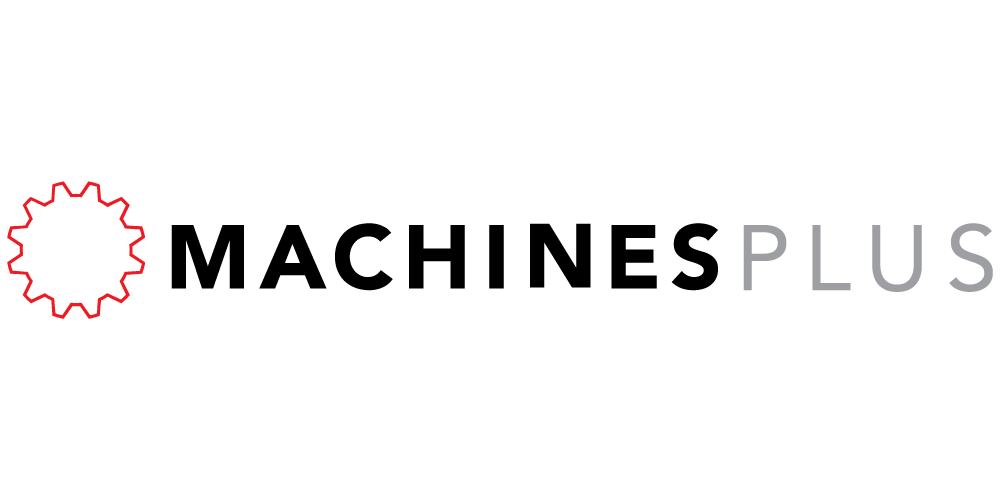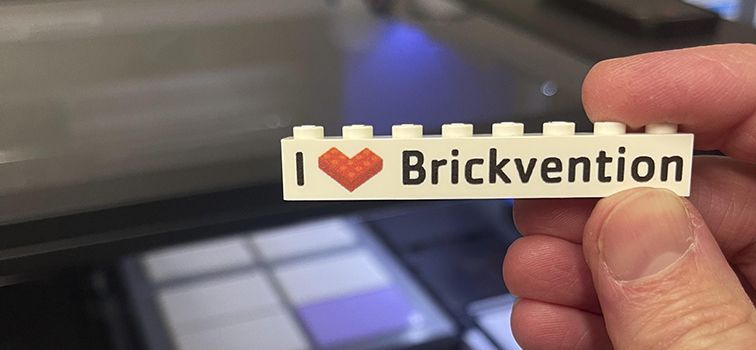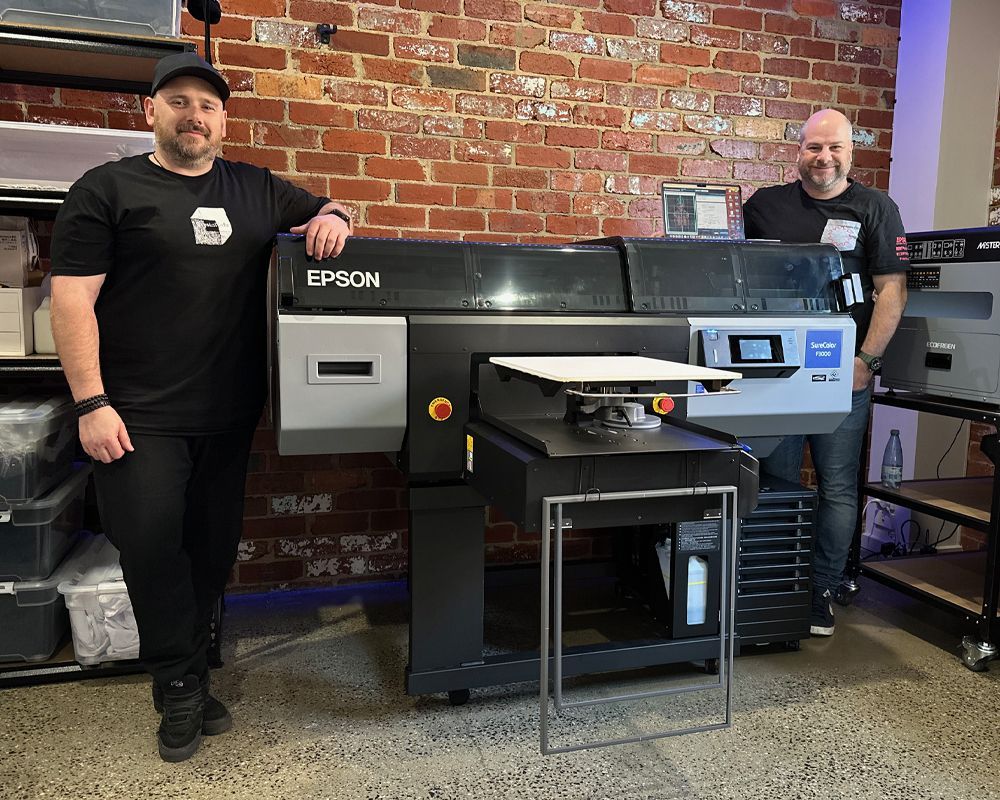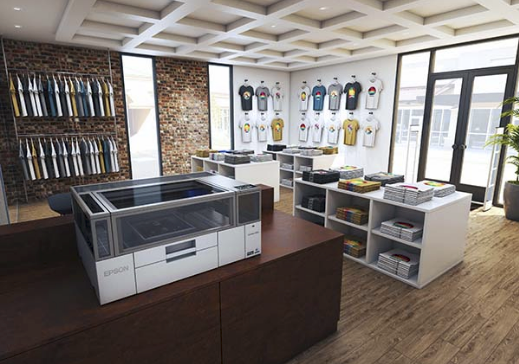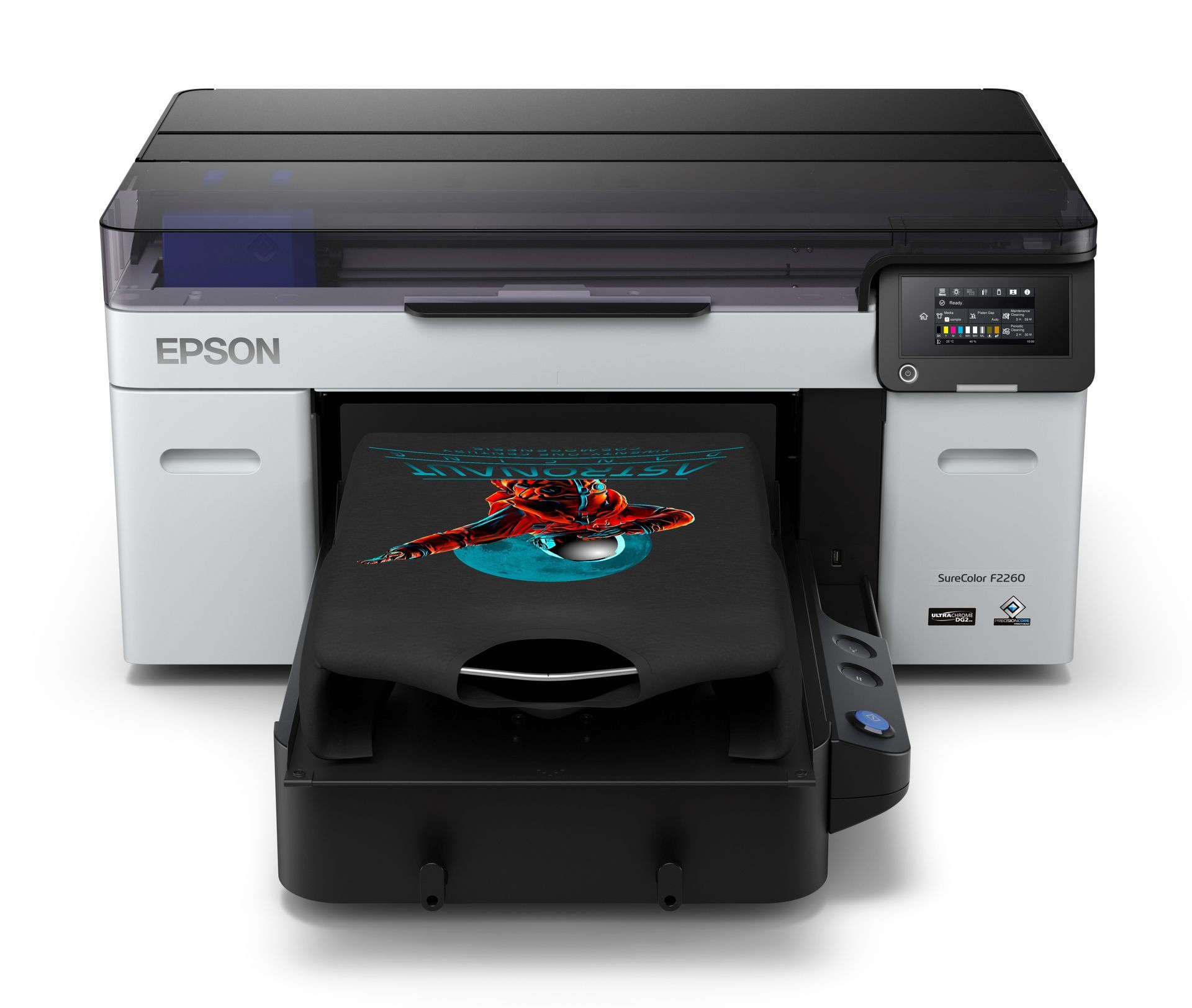Blog
Keep up to date with the happenings at Machines Plus
From helpful tips and hints to make your business as successful as possible to announcements on new printers being launched, we share it all!
Machines Plus

Many of our customers’ common questions revolve around copyright, especially when it comes to images that have been downloaded from the internet and obtained from stock photo services (such as iStock Photo, Adobe Stock, Shutterstock and so on). Some images are watermarked, which clearly indicates that the owner does not want their artwork used without permission, but others may have no markings at all. It is your responsibility to find out if the images you would like to use are covered by copyright. There’s no grey area when it comes to the law, so ensure that you have protected yourself against possible infringement. Stock Images Many people believe that paying the download or subscription fee when using a stock image library entitles them to unlimited usage of the image. You might be surprised to learn that this isn’t necessarily the case. Most images that you get from stock services come with a standard license, which entitles the downloader to a certain number of uses and views on social media, mobile advertising or email marketing (to name a few). It’s important to note, however, that a standard license doesn’t entitle you to use the image on merchandise or products that you intend to sell or profit from. If you want to use the image on printed or promotional items that you intend to sell, most stock services will be able to provide you with an extended license - but this will be at an additional cost. I Won’t Get Caught Thanks to the internet, an image owner doesn’t need to randomly stumble across your website to discover that someone has used their work illegally. Tools like Google Image Search allow literally anyone to perform a reverse image search, which helps owners find out where their images are being used. If you’re using copyrighted images without permission, you’re breaking the law and the owner can take legal action against you - even if you remove the image. Don’t fall into the trap of thinking that you’re just a little player and that large brands won’t bother - we’ve heard of plenty of small businesses that have received cease and desist letters, so it does happen and can very easily happen to you.
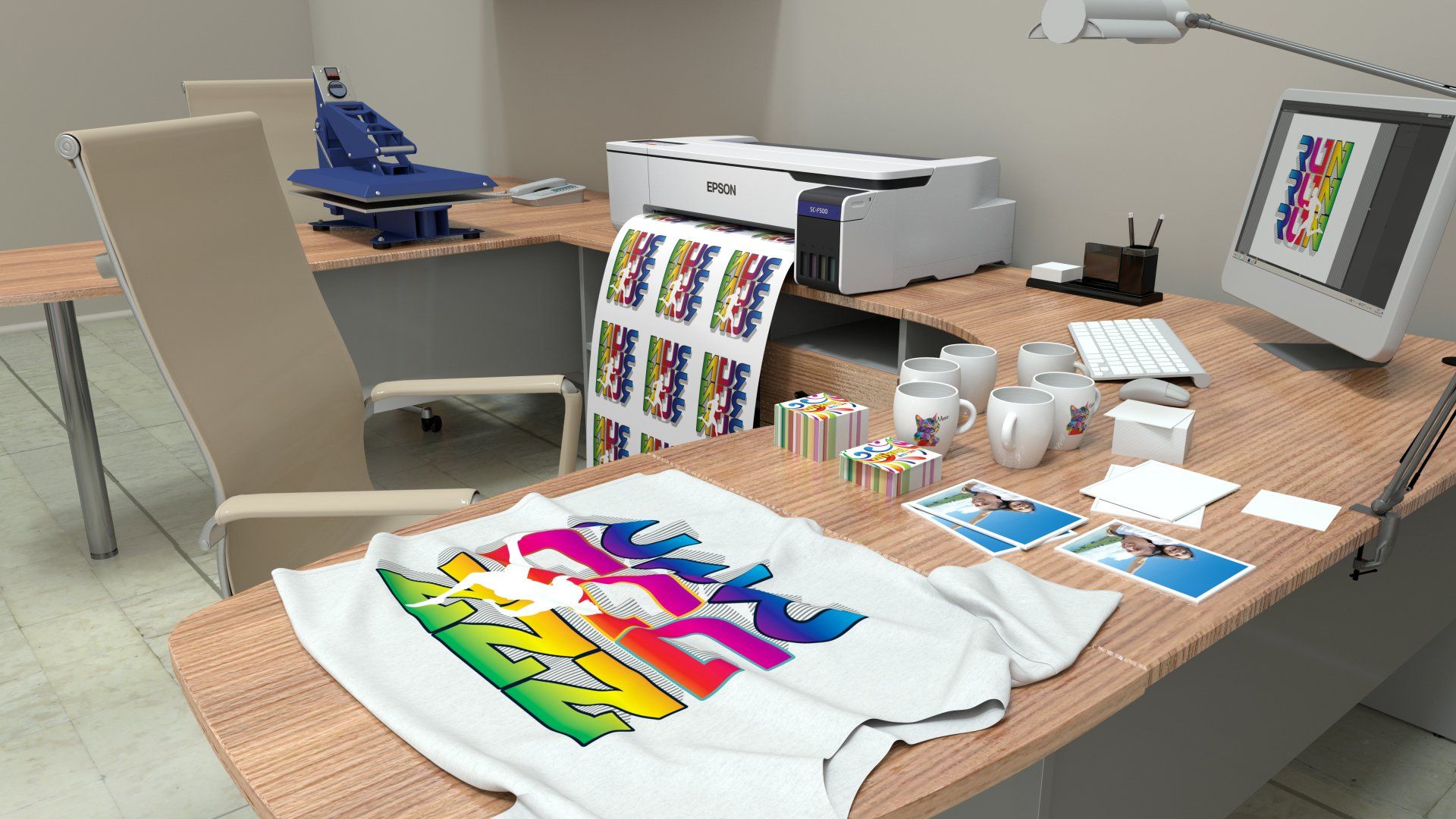
Look after your printer A printer that isn’t in perfect working condition will produce poor quality prints. So ensure that you store and operate your machine, inks and paper within the recommended environment. Always leave your printer powered on when not in use and perform maintenance as required. Come to grips with your graphics application Knowing how to manipulate an image within your graphics application - such as resizing or enhancing its overall quality - is key to producing a quality finished product. There are many courses and training resources available to help teach you the basics of most popular graphics applications. Use impressive images Keep in mind that your printer will only reproduce your artwork, it won’t improve it - if it starts out poor quality, it’s still going to be poor quality once printed. This is why you should always use high resolution images with great clarity and vibrant colours to ensure the best possible results. Know your time, temperature and pressure Ensure that you know the right time, temperature and pressure settings for your heat press and the substrates you’re using. Every substrate brand requires specific settings, and these may vary from press to press. It’s also a good idea to check the calibration of your press every now and then. Choose suitable printer settings Using the correct colour management software will help to streamline the printing process, but there are still some settings that need to be selected to ensure that everything runs smoothly. Keep in mind that these settings will vary depending on your selected graphics application. Monitor your ink cartridges Remember that all ink cartridges have a shelf-life - and for good reason. Over time, the chemical makeup of the ink can change, which can affect the colour output and even has the potential to damage your printer. There is an expiry date printed on the cartridges, so be sure to monitor them. Arrange your workspace Sublimation setups can vary in size from around A4 to over 3 metres wide, so plan your workspace carefully. Keep your printer at least 1 metre away from heat sources and ensure that the room is kept between 15 and 25°C. You’ll also need a preparation area to apply transfers and a cooling area. Whether you’re new to dye sublimation or just looking to hone your skills a little, we hope that you find our above list of tips helpful in getting the best success for your business. Need help choosing a printer or consumables? Machines Plus is here to help.
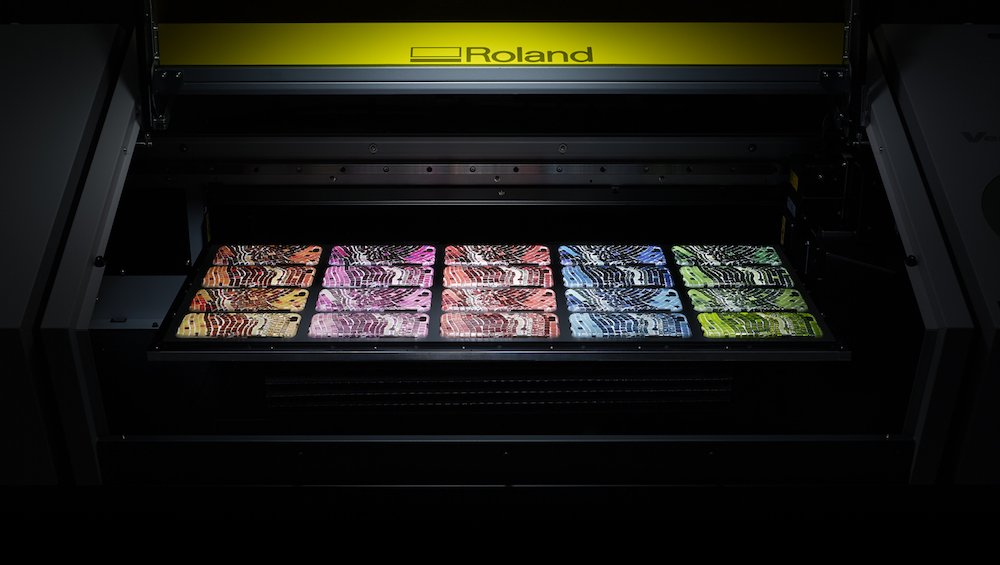
In this blog, we’ve taken a closer look at why humidity is important and what sort of effect it can have on our print rooms and final products. Are you aware of the humidity in your environment? Low and high humidity So, how does relative humidity differ from actual or absolute humidity? In layman’s terms, it is the measure of water vapor comparative (or relative) to the temperature of the air. Relative humidity is most often what’s cited in weather forecasts, as it affects the “feels like” temperature. To get a bit more technical, it’s expressed as the amount of water vapor in the air as a percentage of the total amount that could be held at its current temperature. Warm air can hold far more moisture than cold air, meaning that the relative humidity of cold air is far higher than that of warm air (if their absolute humidity levels were equal). Humidity and your print room Humidity can pose quite the challenge when it comes to printing, as we want to ensure that our staff are comfortable but it can have various effects on our setup (ie printers, papers and ink). Some common problems that occur in print rooms as a result of humidity include printheads drying out during a print cycle (if the room is too dry) and cockling of the paper which can cause inconsistent prints (if there’s too much moisture in the air). To remedy this challenge, many people turn to humidifiers. The use of such devices may increase the humidity in the room to more acceptable levels (between 45 and 85%), but you will find that most printer setups work best when the environment is closer to the top end of this range. You should also take note of what your printer manufacturer recommends as the acceptable RH levels. Epson recommends an environment between 40% and 60% RH for their dye sublimation printers. Roland recommends an environment between 20% and 80% RH for their solvent printers. Whilst a good quality humidifier will set you back around $700, when you compare this to the costs of replacing your printheads, dried up ink cartridges, damaged paper and lost production time it quickly becomes clear that investing in one is the safer option. If you have any questions about the correct humidity for your machine or controlling the environment in your print room, make sure that you get in touch with the team at Machines Plus.

Update your website (or create one if you don’t currently have one) How long has it been since you did any updates to your website? Now is the perfect time to sit down and really think about what you want your online presence to look like. If you’re in the small percentage of businesses that doesn’t have a website, there is no better time to actually put one together. We understand that you may not have the money for a custom design at the moment - even a free template is better than nothing. Get a handle on your site’s search engine optimisation (SEO), which determines how it ranks in search engine results. Get some new product photography done and update your site’s images or take it a step further and look into video. Give your site’s look and feel a bit of a refresh - are there better ways of laying out your content, or could your text do with a rewrite? Create a marketing plan It’s difficult to draw business in if potential customers don’t know you exist, so it’s definitely worth spending some time on putting together a marketing plan for your business. You could focus on how to drum up business whilst coronavirus restrictions are still in place, or you could look to the future and plan for when life is starting to get back to normal. If you have the time and motivation, we recommend planning for both! Let potential customers know that you’re still open; many people are under the assumption that a lot of businesses have closed. Now is a good time to focus on more “feel good” messages in your marketing; why not share snapshots of your life (kids, pets, etc)? Look to special occasions or events occurring in the future that could be relevant to you - how can you use them to bring business in? Get all that testing out of the way Why not finally try out that new product you’ve had your eye on (such as a pretreat for your DTG printer)? Or try your hand at a printing/decorating technique that you’re not familiar with? Or do some testing on a new garment range or type of fabric that you’ve been getting a lot of enquiries about? Many businesses often find they’re too busy to perform any sort of trials, particularly as it takes time to finesse and get the processes right. Update your product listings If you offer a range of ready made products, now is the ideal time to go through them and make sure that they represent the very best that your business has to offer. Remove products that aren’t really selling or think about ways you could alter them in order to generate interest again. This is also a good time to look into some exciting new products that you could add to your store and that are more reflective of the direction you want to go. Upskill or undertake some training Now is also a great time to further your skills, so that when life does start to look more normal your business will be able to tackle it by the horns. This could be directly related to your industry (so learning how to use a new machine or even a new garment decoration technology all together) or it could be supplementary to your business (so learning a bit more about marketing, social media, enewsletters and so on). Sign up to an online short course, many of which allow you to work at your own pace and at a time that is convenient for you. Participate in webinars and online classrooms; many printer manufacturers are offering these resources during coronavirus. Sign up to a university degree (if you’re okay with it taking a few years and costing more to obtain a qualification). Got any questions or concerns about your garment decoration business or printer during this difficult time? Make sure you get in touch with the team at Machines Plus - we’re more than happy to help in any way we can.

If you have a garment decoration business - using either direct to garment printing (such as the Epson SC-F2160 or the Ricoh Ri 100) or print/cut technology (such as the Roland GS-24 or BN-20) - and you work from home, you have an advantage in that you can continue working when other businesses are forced to shut their doors. It’s time to think outside the box and come up with ideas that could see you still earning an income. Tap into a niche you haven't previously As with most small businesses, you probably have a niche market that you market to or a niche product offering. If you've seen a downturn in sales and enquiries, your niche could be one of those suffering in the current climate. Why not consider tapping into a niche that's outside your usual? If you normally create sporting uniforms and merchandise but aren't getting any sales because most sports are cancelled, why not move into children's wear or giftware? This change doesn't have to be permanent - once restrictions start to lift and life goes back to normal, you can return to your bread and butter niche. Or you might find a new market that you absolutely love. Special events are just around the corner Whilst much of the country is avoiding social gatherings, remember that the world doesn’t just stop turning - holidays and special events are still happening. We've just celebrated Easter and Mother's Day is coming up in a few weeks. On top of this, people are still celebrating birthdays and having new babies. We may not be able to celebrate these milestones with our friends and extended family, but we can still let them know that we're thinking about them by having a gift shipped direct to their door. Think about products that you can offer to help brighten somebody’s day. From personalised t-shirts and hoodies to customised goodie bags and mugs, there are plenty of items that people will still use and appreciate. Children need to be entertained If you have kids, you’ll be well aware that they can become bored easily and that activities don't hold their attention for long. With many of us having to stay at home indefinitely - and over the school holidays no less - boredom is something that parents are definitely looking to combat. Is there a way that your business could answer this need? These may not be products that you usually offer, but they could definitely help to bring in some income. Why not print an outline on a t-shirt - kids can use waterbased markers to colour them in again and again. Or customise some blocks with vinyl letter cut outs - if kids find learning enjoyable, they’ll return to the toy over and over again. People need a good laugh Have you ever heard the saying 'if you don't laugh, you'll cry'? For many people, this definitely rings true at the moment. Why not try to inject some humour into the situation by offering a line of Coronavirus themed products? From t-shirts emblazoned with slogans about surviving COVID-19 to mugs telling the world that social distancing is how you lived before all this, there are plenty of ways to make people laugh and relate. Just be careful that you’re not being insensitive to the plight of others - remember that, for some of the population, this is quite a serious illness and that hundreds of people all over the world have already lost their lives to it. With more of the country shutting down every day, there is no reason that you should have to close the doors to your garment decorating business too. Most people are choosing to shop online, as it prevents unnecessary contact with others, so your little online business is the perfect means to keep some money rolling in during these tough times. Keeping your business afloat, however, may require some thinking outside the box.
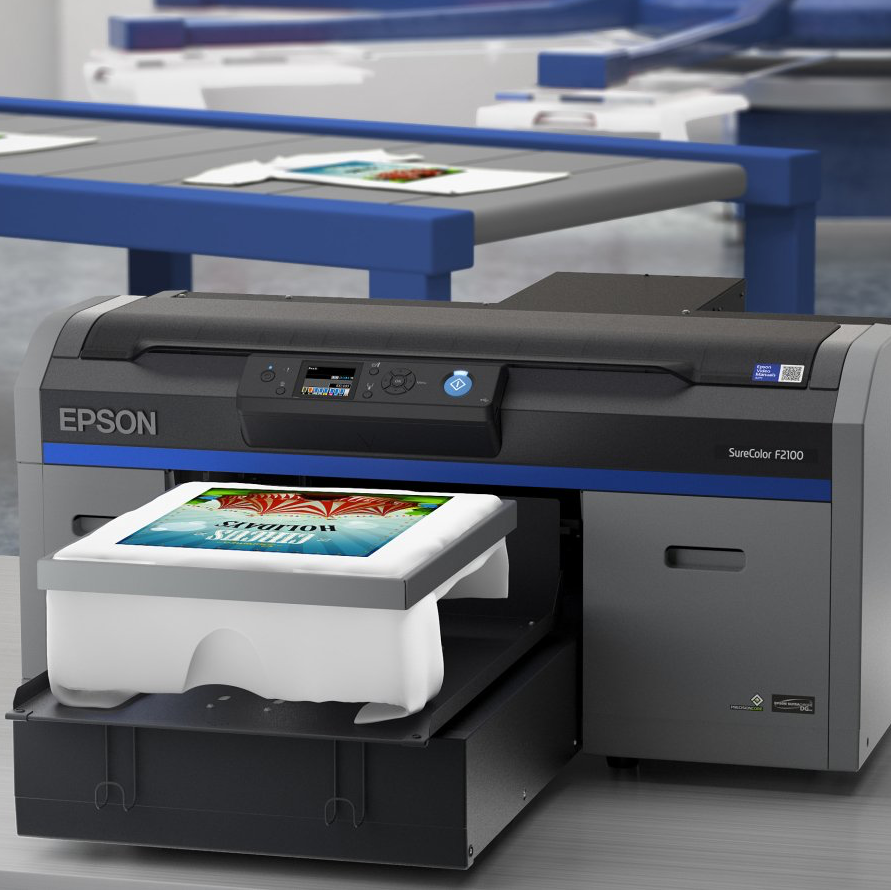
Whilst our direct to garment printers are a fantastic way to make some extra cash, they can also be costly to run - it’s completely understandable that some business owners are wondering whether they should put their printers into storage mode or not. Use our list of pros and cons to help you answer this question. Pros Avoids expensive repairs Turning your printer off or leaving it on without print jobs can lead to all sorts of issues, from irreparable damage to your printhead to ink drying in the lines and completely blocking them. These issues can cost thousands of dollars to fix - money that you may not have after months of not working. Even if you do have access to the money, you may not be able to get a technician out straight away, which causes even more delays. Keeps your warranty valid Have you ever read the fine print on your printer’s warranty? As the owner, you’re actually required to do everything in your power to keep the printer working at its optimum. You will find that damage caused by improperly hibernating your machine or failing to hibernate it at all is not covered by the warranty. This means that you’ll need to pay for any repairs or replacements, which gets costly quickly. Get back to printing when you’re ready Putting your printer into storage mode ensures that it will be ready for you once you’re ready to get back to printing - all you’ll need to do is put some ink cartridges in and ink up the machine. By avoiding the need for repairs and maintenance, you’ll be on the front foot when it comes to getting your business back up and running - you won’t be dictated by the technician’s availability or the delivery of parts. Cons You can’t take on any orders Whilst you may not be getting many orders at the present time, putting your printer into hibernation means that you won’t be able to complete any jobs that come your way. There are a couple of ways around this - you could have everything ready to shut down your machine and just wait until you’re getting no enquiries (or we go into a full lockdown), or you could find someone else to help with your printing. You might be wasting ink When you’ve only just placed cartridges into your printer, the idea of flushing the lines and wasting all that precious ink can be difficult to swallow. Keep in mind that if the cartridges are around 80% full or more, you should be able to reuse them to ink up your machine. If they’re emptier than this, you could consider printing until the ink is at a level that you’re comfortable with disposing of and then hibernating your machine. You’re paying for a printer that you aren’t using At this stage, many owners are expected to continue making repayments on their printers, so it’s understandable that you may not want to pay for a machine that you’re not using. Some lenders are deferring payments for people who are experiencing hardship as a result of Covid-19 - get in touch with your financing company if you need to hibernate your machine to see how they can help. If you have decided that now is not the right time to put your printer into storage mode, it never hurts to be prepared. With the situation changing on an almost daily basis and new restrictions being enforced all the time, it’s hard to know what we’ll be doing tomorrow let alone next week. By having a complete set of cleaning cartridges on hand, you can ensure that you’re ready to hibernate your printer at a moment's notice.
